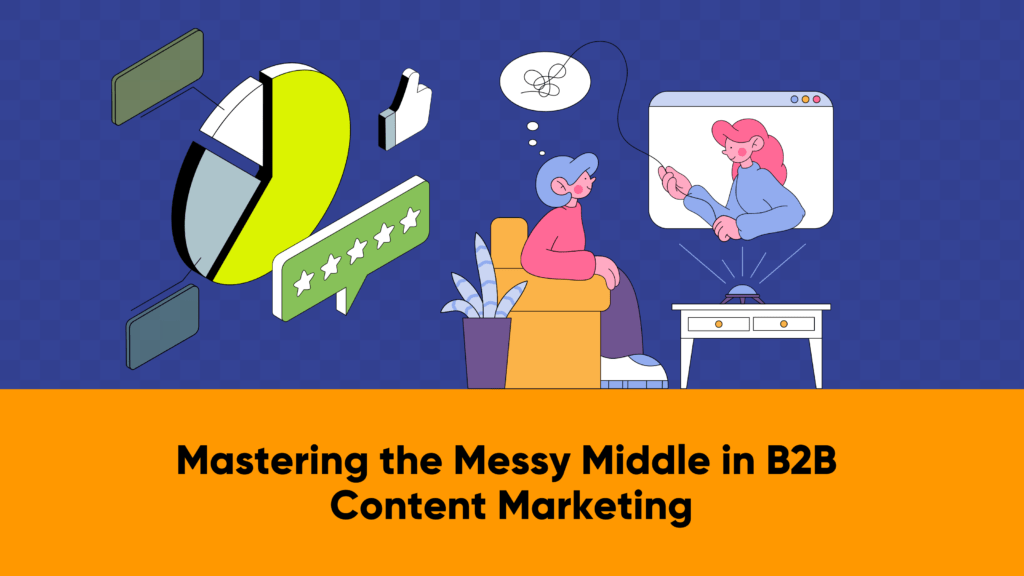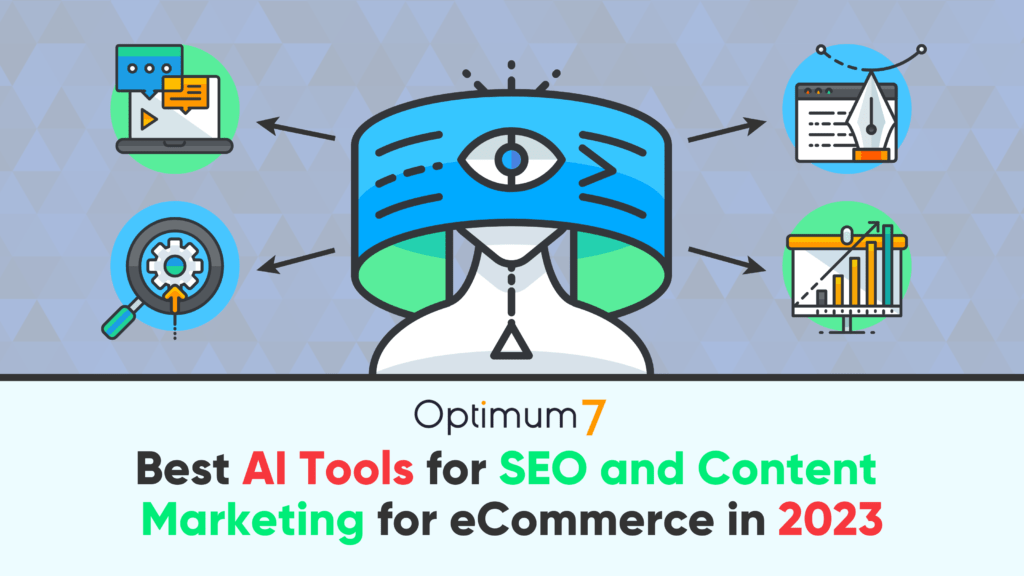Standing out on the World Wide Web is not always that easy, especially when you’re in shark-infested waters—or more bluntly, competition is everywhere! Finding your niche and sticking to it is just a part of the game.
When you’re writing quality content, your readers will usually read through the first few lines of the text and quickly decide whether they deem your piece intriguing enough to continue reading. So how exactly can you make sure you get the undivided attention of your target audience?
As a copywriter, I’ve found that following these key steps has become the foundation of starting and finishing any article on any given day. Now, my question to you is, are you up for the challenge? If you are, here’s where to start.
- Read Consistently
So number one on the list is, of course, finding your inspiration. That’s pretty much the root of your branches of thought. As discussed in my previous articles, you should always use the tools available to you to fuel your thought process.
Whether you resort to magazine or newspaper articles, or the scenery in front of you, clear your mind when you can and go with the flow. The more relaxed you are, the easier it will be to gather the information you need.
You should frequently read through different sources of writing to help you improve your vocabulary as well as your overall writing structure. This will assist you in getting accustomed to writing in different voices, which is especially useful if you happen to be writing for clients from various industries.
- Be Straightforward
In a world dominated by hectic schedules, everyone is pretty much always most attracted to the easiest and most timesaving routes. This forms the basis of your content—it should be concise and straight-to-the-point, starting from your headline.
- Your content’s headlines should always be clear and catchy. When your audience is searching for information about certain topics that you happen to be writing about, they’re going to focus on specific keywords, as will the search engine they’re using.
- Put yourself in your readers’ shoes. If you were in their place, what words would you type in to find the content that you’ve covered in a specific piece? If you can’t figure out a headline when you start writing, you can always save it for last, and the same goes for the structure of your content—you can readjust the order as you write.
- Can your content be skimmed? Use shorter words when you can and avoid using corporate terminology in your content. This will help make the structure of your work much more easy to follow and understand.
- Welcome the Power of Storytelling
Millennials are clearly used to reading pieces that they can most relate to. Whether they find the content on their social media pages or get it from another party, they are more attracted to the influence of storytelling, which many brands, including global heavyweights like McDonald’s, have been using today.
This is a relatively recent form of marketing with relevance. By writing in an active voice, rather than a passive one, you’re showing your readers that you’re taking responsibility of an action. It’s not only easier to read, but it’s also a more honest way of writing.
All readers like to get a sense of transparency in any work they read or even skim over. By triggering a reader’s emotions, you’re more likely to get their full attention and gain their loyalty.
- Include a Call to Action
In any piece of content, you’re looking to leave readers with a strong message—one that will provoke them to take a certain action. If you give readers the sense of having to make a quick decision as they’re reading, you can pretty much say your mission is accomplished.
Stay relevant and focused on current trends that the reader can easily relate to. Be sure to use a conversational tone in your writing since this will make it easier for the reader to comprehend the strong message you’re conveying, and don’t forget to include a strong call to action at the end of your article.
- Use Reinforcements
Credibility is everything! Readers love to get a dose of facts and statistics, especially when the sources you utilize are cited, which also gives readers an extra outlet to get additional information if desired.
Moreover, when writing online, you should make use of relevant hyperlinks and tags. These can motivate a reader to check out another page on your website, or similarly, on the website of the client you’re writing for.
Finally, always keep an area open for readers to share their thoughts. Having a comment box available as well as links to your social media platforms is crucial for building reader engagement. When a reader relates to an article, it’s important to give them the chance to interact and offer their feedback.
Happy Writing!
You might have all of the above covered, but you should also remember the significance of editing. I always make sure to edit my work several times before and after it’s been published to assure that the room for error is minimized.
Having clean copy is critical. So even if you feel like you shouldn’t edit your work right after you’re done writing, you can always come back to it the next day, threes days later, or even after a week, if time permits.
Remember that you’re the one in charge of the magic that comes from the keys you stroke on the keyboard, so you should always have fun when you’re writing. That will ultimately give you the best results and simplify the gathering of memorable out-of-the-box ideas.






